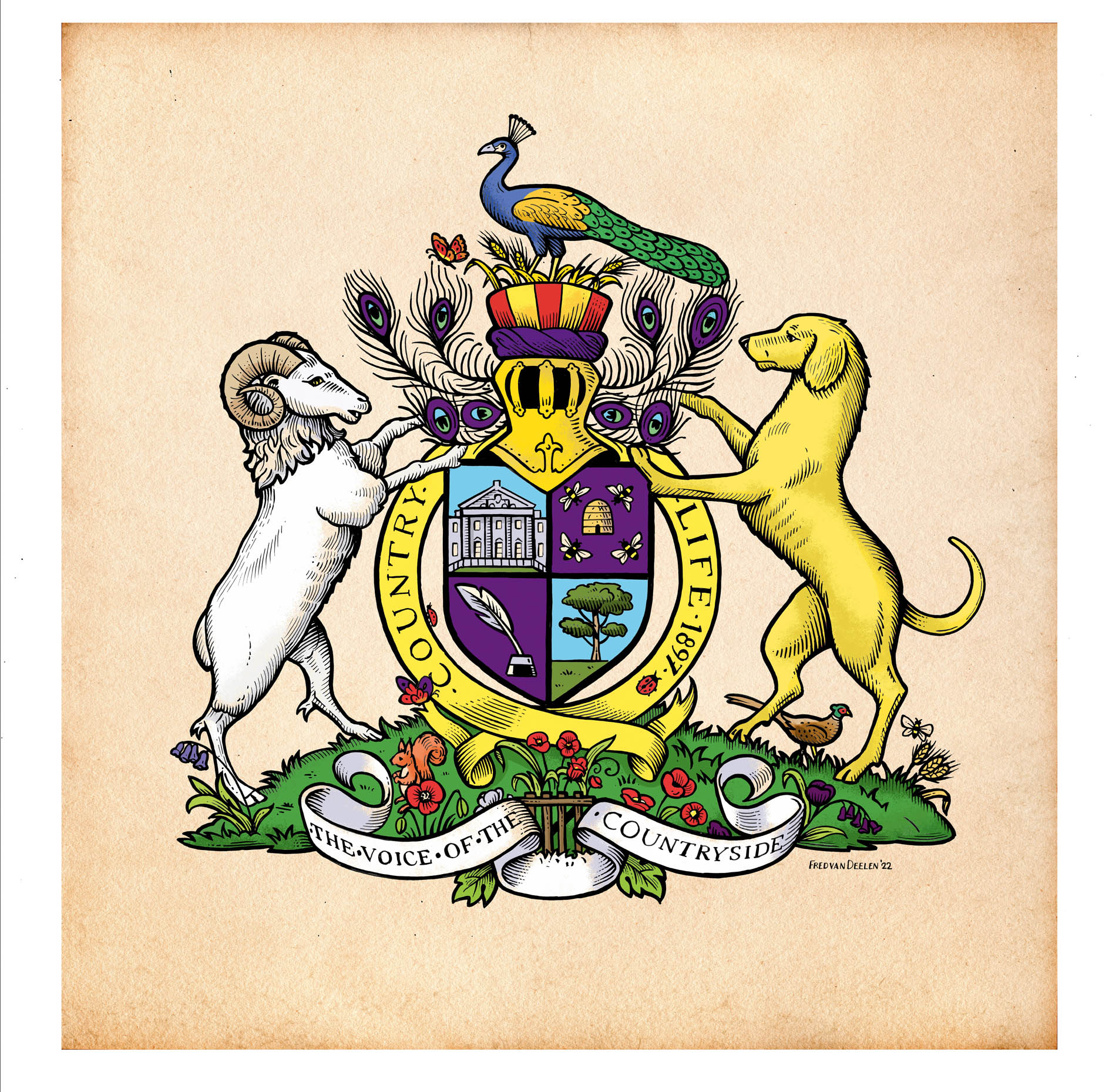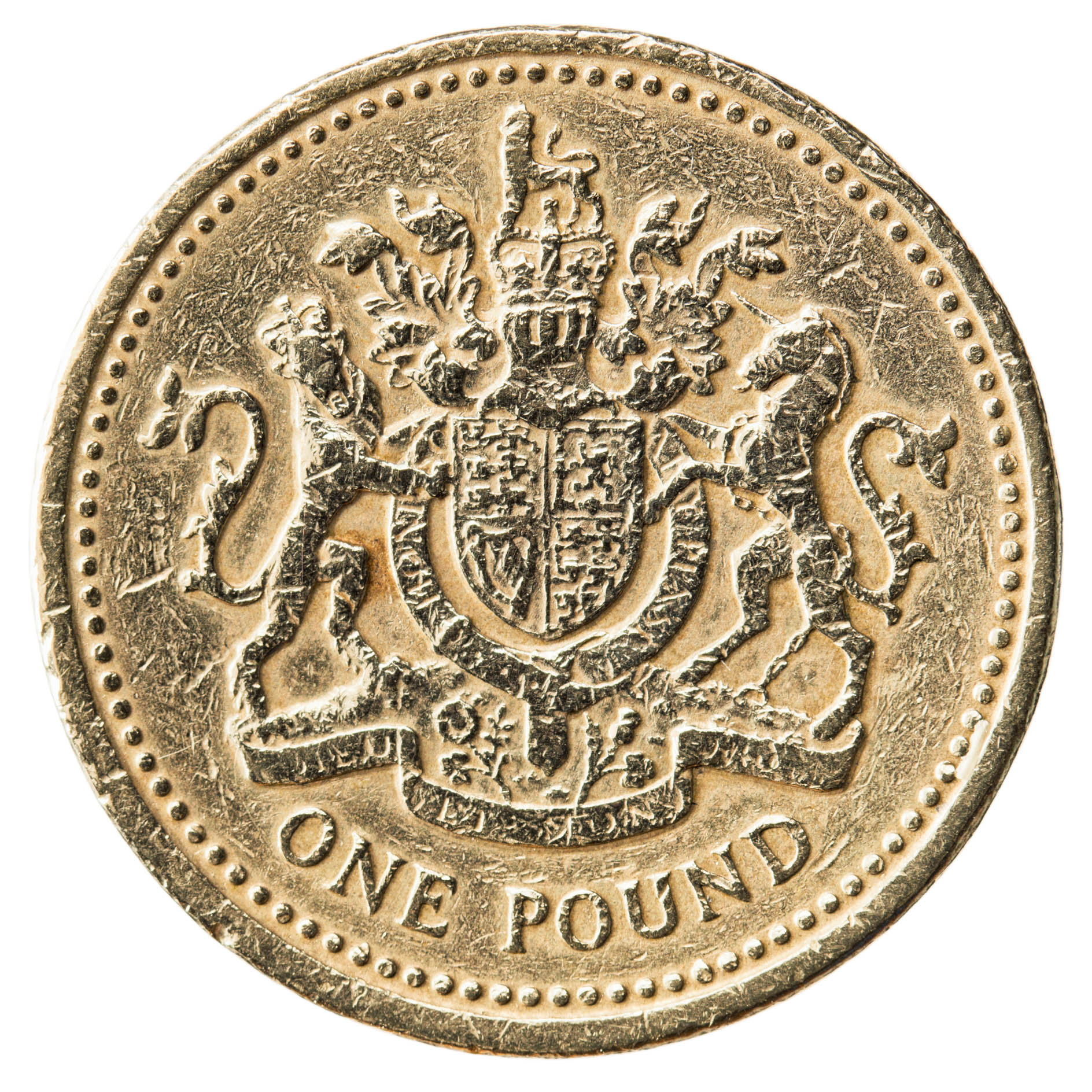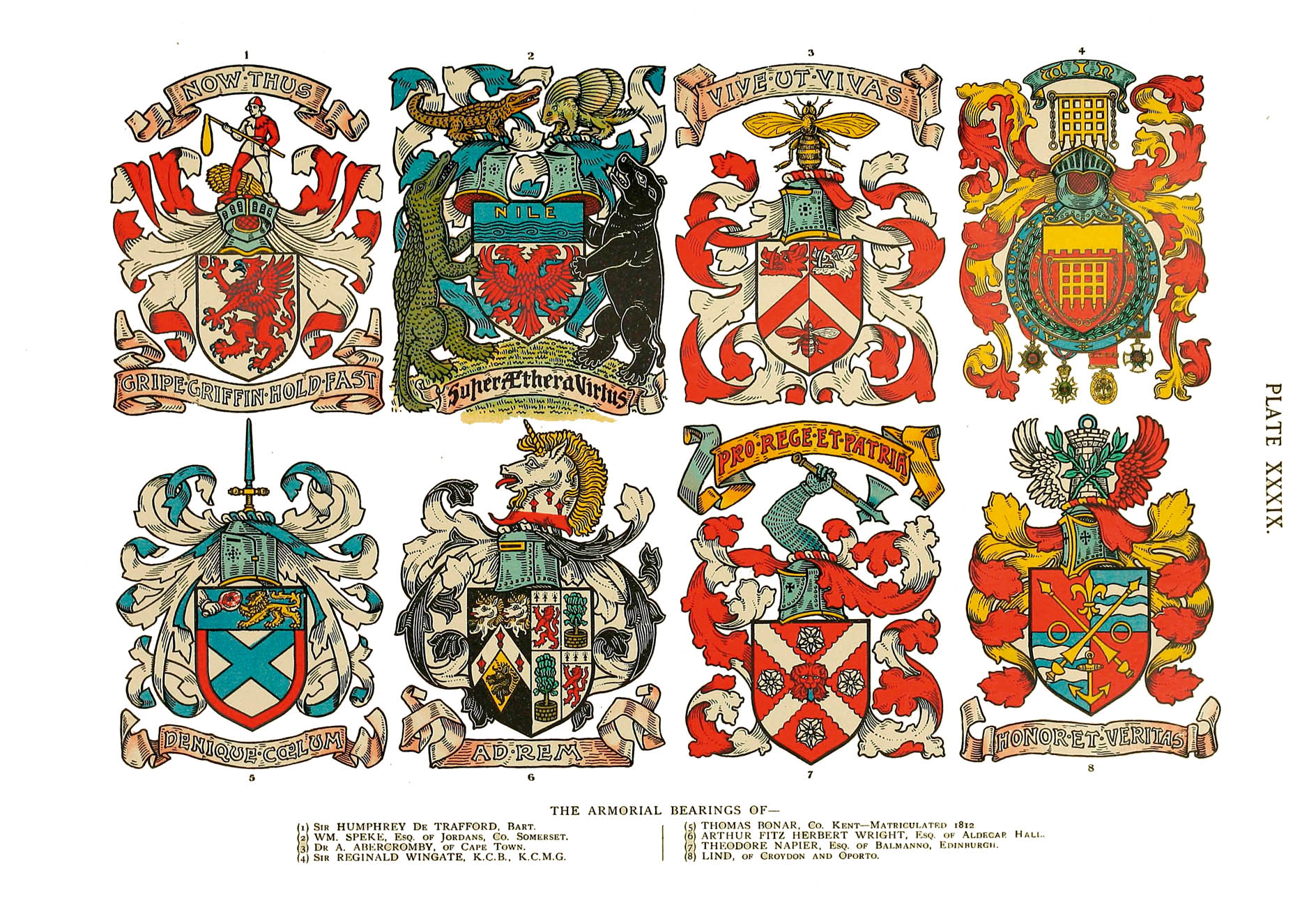How to make your own coat of arms
Invented in the days when knights needed to be able to identify each other on the battlefield, heraldry still plays an important role. John F. Mueller delves into its history and explains how to create a coat of arms. Illustration by Fred van Deelen.


Now ubiquitous in public life, heraldry was born out of necessity. Today, it is still everywhere, from the coats of arms of town councils to the shields on school blazers and even in private exchanges, perhaps on smarter letterheads. The art and science of everything to do with coats of arms emerged between the 12th and 14th century, when knights needed to identify each other on the battlefield. Clunky armour and big helmets completely obscured any recognisable features of the combatants, so heralds (as they came to be known) devised and kept records of a system of symbols painted on shields and tabards.
The basic rules of heraldry have changed little since then and are much less complex than we might imagine. A coat of arms consists of a shield on which rests a helmet, which is topped off by an often elaborate, precariously balanced flourish — the crest. This was simply a way of making a knight look taller, more ferocious and impressive. Over time, additional items became parts of a coat of arms: mottos (which were originally battle cries) depicted on scrolls above or below the shield, medals suspended from below, supporters in the shape of beasts, humans or even inanimate objects and, for noble and royal persons, coronets and crowns.

To ensure clear visibility of a design from far away, gold and silver (represented by the colours yellow and white) may not usually be depicted touching each other — the papal arms are one of few exceptions. The same rule applies to green, blue and red. For example, the Royal Arms of England show three golden lions on a red ground. Even modern logos usually follow this rule. Other colours occur, but are less frequently used in heraldry.
A commonly held misconception is that the elements on a coat of arms have inherent meanings, such as lions being a sign of noble birth or the colour blue standing for valour. Such codes were invented long after heraldry became important and are considered esoteric by experts. No such secret key exists: the arms mean something only to the original person who was granted or who assumed them. This meaning is not, as a rule, recorded, although different traditions exist throughout the world regarding this. What is documented is the design itself and the position, attitude and colour of the various ‘charges’ and dividing lines on the shield and the crest. In English-speaking countries, this is done in what to the outsider may appear a secret language deriving from Anglo-Norman French. This code is called blazon and could be considered the recipe for a coat of arms. Emblazonment — the picture of the arms itself — is the dish the chef makes from the recipe, with artists using the same ‘ingredients’ to create results that are often very different from each other (consider how many versions of the Royal Arms exist).

Coats of arms are traditionally passed down through the male line, women taking their husband’s arms upon marriage — few heraldic traditions have caught up with modern equality laws. Only women in Canada enjoy full heraldic rights. There, they may, justly, ride into battle with helmet and shield. Elsewhere, at least historically, women only had the option to bear arms on a lozenge-shaped shield.
Another fallacy is that heraldry is the preserve of a noble caste or can only be acquired through inheriting an ancient coat. Depending on the heraldic authority of your country (visit www.heraldicinstitute.com for yours), anyone may petition for a grant or assume arms. There are some prerequisites before doing so, namely that you must be identifiable as a gentleperson and be able, in some way or another, to prove it. A lack of criminal convictions helps, as does a respectable profession or trade. It is difficult to be more precise, as qualifications depend very much on individual circumstances and country of origin.
Worldwide, only the Scottish Court of the Lord Lyon has the ability to enforce its heraldic authority within its jurisdiction. A past US president tried to use the arms of a person with the same surname and got to feel the full might of the Lord Lyon. In some heraldic traditions, this may have been possible, but, as a general rule, simply having the same name as someone with a coat of arms does not mean you may use it. Heraldry is intensely personal and, when designing your own arms — or having them designed by a professional herald or heraldist — you should ensure that the finished product is unique to you and speaks of you as an individual.
Exquisite houses, the beauty of Nature, and how to get the most from your life, straight to your inbox.

When crafting arms, it is good to be humble — so better not include crowns, even if one was born in a royal borough. Consider the way you make a living, where you live, the maxims by which you lead your life or the meaning of your surname, then make oblique references to these. For example, if you work in IT, try to avoid the urge to use a laptop as a charge. Instead, be abstract: perhaps a star, as a symbol for stored energy and light, or a depiction of Hermes, the messenger of the Greek gods. With half-chicken-half-dragon beasts available, there are no limits to the imagination.
Heraldry buffs particularly relish riddles hidden in coats of arms. Most usually, this is done in the form of ‘canting’, ‘speaking’ arms that hold a clue to the bearer’s surname. A good recent example is Sir Harry Secombe, who chose a mermaid combing her hair. The reason for this choice is not recorded, meaning a lasting cryptic picture puzzle is left to the next generation.
Once you have designed your arms according to the rules and assumed them or had them granted, there are endless ways in which you can use them. At one stage, in Britain, this required a licence, which, shortly before its abolition, was printed on the same form as those for a dog. Stationery and signet rings are obvious choices. Yet some people like to go as far as possible: why not have your shield depicted on a teapot or silver Marmite lid? One clever company even offers emblazoning a wooden lavatory seat with your heraldic device, giving the term ‘call to arms’ a whole new meaning.
Dr John F. Mueller is a fellow of the Royal Historical Society

Country Life is unlike any other magazine: the only glossy weekly on the newsstand and the only magazine that has been guest-edited by His Majesty The King not once, but twice. It is a celebration of modern rural life and all its diverse joys and pleasures — that was first published in Queen Victoria's Diamond Jubilee year. Our eclectic mixture of witty and informative content — from the most up-to-date property news and commentary and a coveted glimpse inside some of the UK's best houses and gardens, to gardening, the arts and interior design, written by experts in their field — still cannot be found in print or online, anywhere else.
